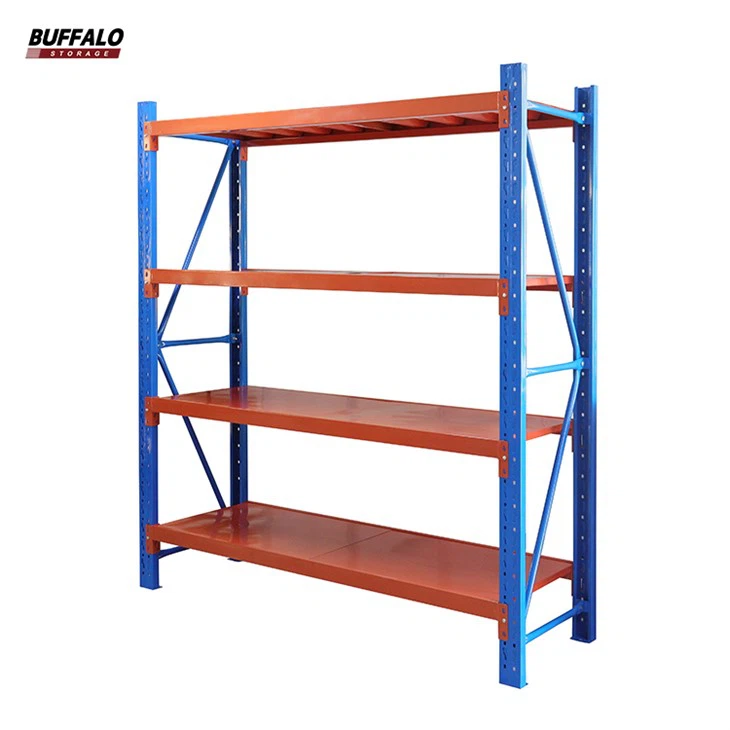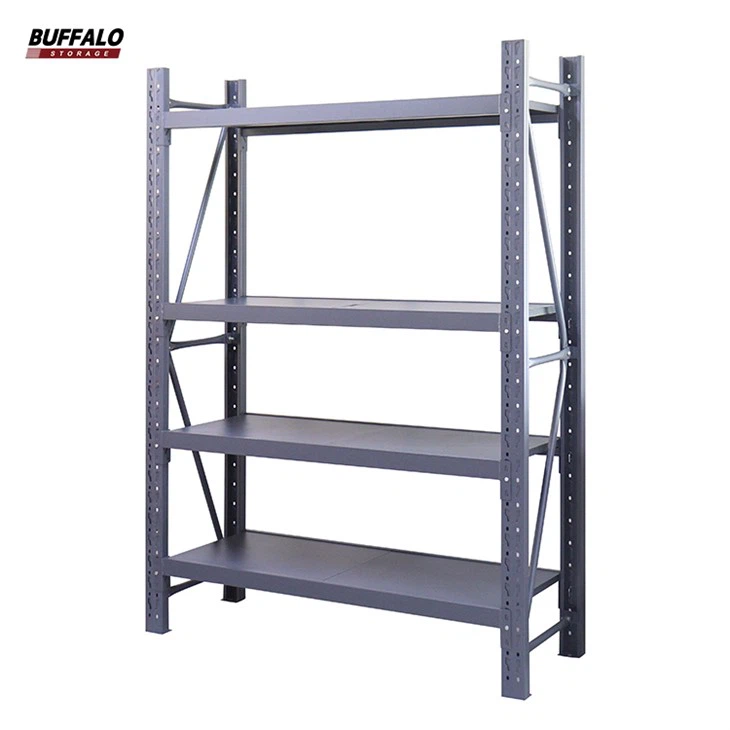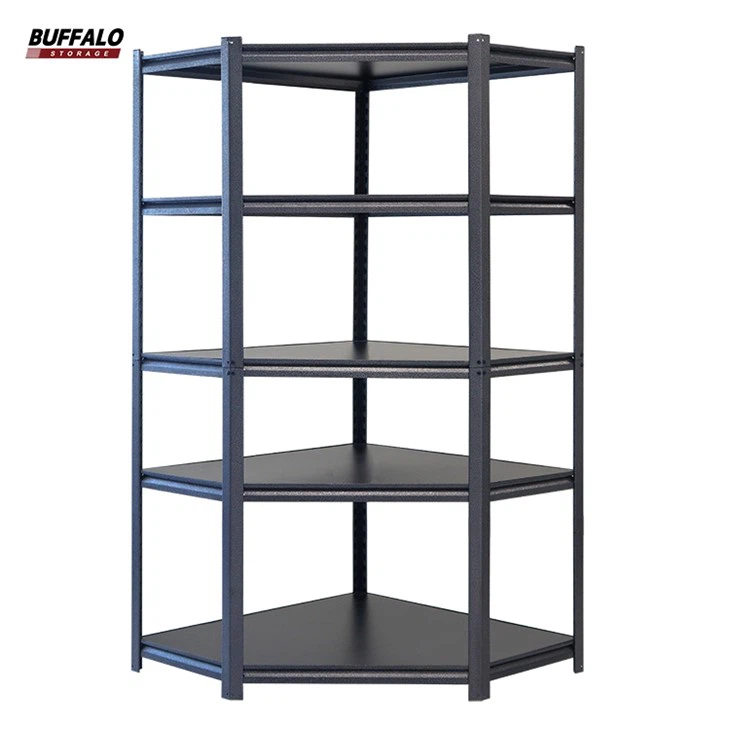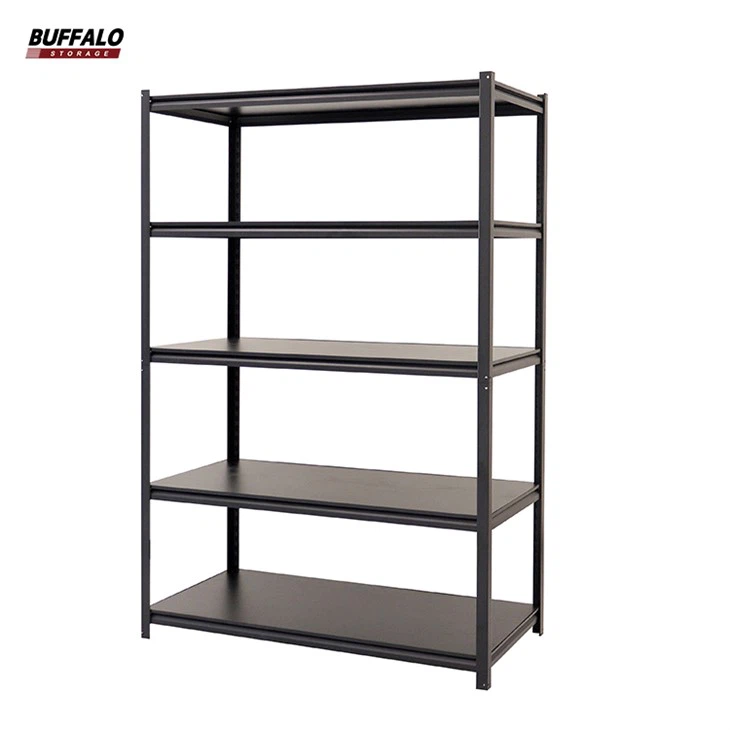In the realm of storage solutions, metal shelving unit stand as stalwart fixtures known for their durability and robustness. However, despite their widespread popularity, these metal shelves harbor several drawbacks that potential buyers should consider. In this comprehensive guide, we’ll dissect the disadvantages of metal shelves, shedding light on their limitations to aid in making informed purchasing decisions.
The Cost Conundrum: Higher Price Tag
Metal shelves often come with a premium price tag compared to their counterparts made from alternative materials. This higher cost can be attributed to several factors, including the expense of raw materials and the specialized manufacturing processes involved. Unlike simpler shelving options like wood or plastic, metal shelves require intricate fabrication techniques, driving up production costs. Additionally, the quality of metal used-such as stainless steel or aluminum-further contributes to their elevated price point.
Rust: A Persistent Predicament
One of the most prevalent disadvantages of metal shelving unit is their susceptibility to rust. Unlike non-metallic shelving materials that are immune to oxidation, metal shelves are prone to corrosion when exposed to moisture. This vulnerability poses a significant challenge, particularly in environments with high humidity levels or inadequate ventilation. Once rust sets in, it not only compromises the visual appeal of the heavy duty shelf but also undermines their structural integrity. Over time, rusted metal shelving rack may become weakened, posing safety hazards and diminishing their load-bearing capacity.
Mobility Woes: Heavy and Hard to Handle
Another drawback of metal shelves lies in their weight, which often exceeds that of shelves made from lighter materials like plastic or particle board. This substantial mass renders metal shelves cumbersome to move, requiring considerable effort and manpower. Whether it’s repositioning shelves within a space or relocating them to a different area, the task can be laborious and time-consuming. Moreover, the sheer bulk of metal shelving units may pose logistical challenges during transportation, especially in settings where frequent rearrangements are necessary.
Environmental Sensitivity: Prone to Weathering
Metal shelving rack is highly sensitive to environmental factors, which can accelerate their deterioration over time. Exposure to moisture, sunlight, and other elements can hasten the onset of rust, tarnishing the appearance of the shelves and compromising their functionality. In outdoor or semi-outdoor settings, such as garages or storage sheds, metal shelving rack is particularly vulnerable to adverse weather conditions. Without adequate protection or maintenance, these metal shelves may succumb to corrosion, rendering them unfit for use and necessitating premature replacement.
Sharp Edges: Potential Safety Hazards
While metal shelves boast sturdy construction, they may harbor sharp edges and corners that pose safety risks. Unlike their smoother counterparts, such as wooden shelves or plastic bins, metal shelving unit can feature jagged protrusions that increase the likelihood of accidental injuries. Individuals navigating around these shelves or handling stored items may inadvertently come into contact with these sharp edges, leading to cuts, abrasions, or puncture wounds. Additionally, the presence of sharp metal edges can also pose a threat to the integrity of packaged goods, potentially causing damage during storage or retrieval.
Deformation Dilemma: Structural Integrity Compromised
Some metal shelves, particularly those crafted from thin materials or lightweight alloys, are susceptible to deformation under external pressure. Unlike solid wood or rigid plastic shelves that maintain their shape and stability, metal shelves may warp or bend when subjected to heavy loads or impact forces. This deformation not only compromises the aesthetic appeal of the shelves but also undermines their functionality, as warped shelves may no longer provide a level surface for storing items securely. Moreover, repeated instances of deformation can exacerbate structural weaknesses, hastening the deterioration of the shelves and necessitating their replacement.
Conclusion: Weighing the Pros and Cons
In conclusion, while metal shelves offer undeniable benefits in terms of durability and strength, they are not without their drawbacks. From the higher upfront cost and susceptibility to rust to challenges in mobility and environmental sensitivity, there are several factors to consider before investing in metal shelving unit solutions. By weighing the pros and cons carefully and assessing their suitability for your specific needs and circumstances, you can make an informed decision that aligns with your storage requirements and budget constraints. Whether you opt for metal shelves or explore alternative options, it’s essential to prioritize safety, functionality, and longevity to ensure optimal storage solutions for years to come.





